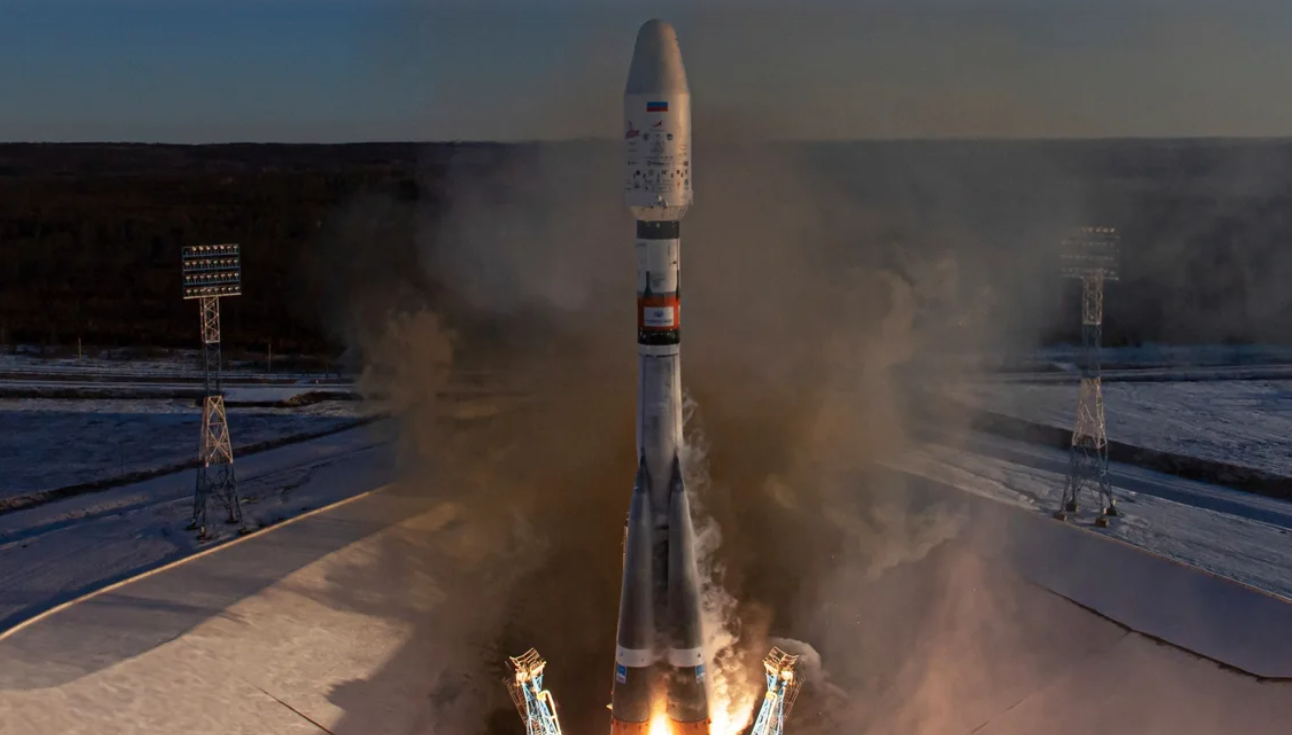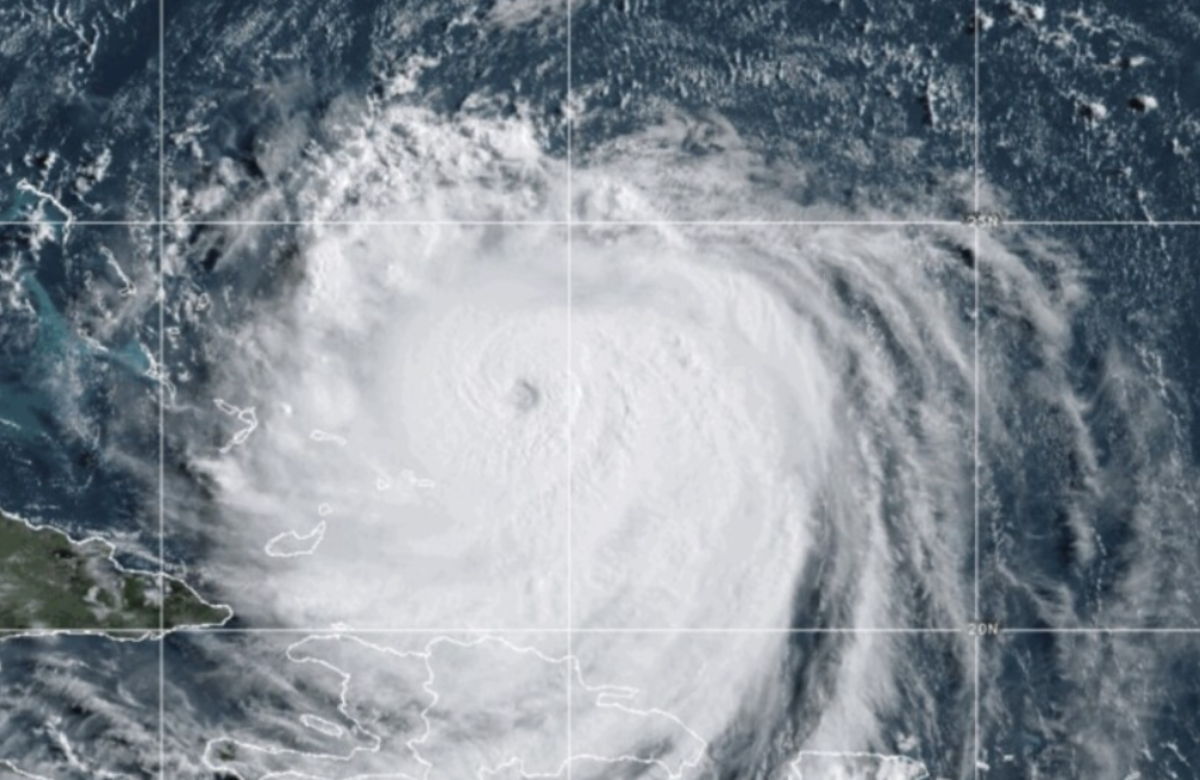U.S. military officials believe that Russia and China are increasingly testing new offensive space capabilities, highlighting a series of satellite training missions conducted by both countries in recent months as signs of their efforts to weaponize outer space.
According to a U.S. defense official, Russian satellites were seen practicing “attack and defend tactics” as recently as last week. These maneuvers were aimed at improving the proficiency of Russia’s space force. U.S. officials observed multiple Russian satellites working in tandem to surround and isolate another satellite in low-Earth orbit, demonstrating how they could potentially target enemy spacecraft in future conflicts. Russia’s objective remains to deploy a nuclear weapon in space, the defense official noted. Recent movements of Russian satellites also suggest preparations for possible armed conflict in space.
“Russia wants to eliminate our advantages in space, and they are not concerned about collateral damage,” the official added. In 2021, Russia tested an anti-satellite missile, destroying one of its own satellites and generating a large debris field in space that forced astronauts aboard the International Space Station to take safety precautions. Additionally, Russia is reportedly working on a space-based nuclear weapon capable of using an electromagnetic pulse to disable a wide range of commercial and government satellites.
China has conducted similar space training exercises over the past year. In December, Beijing demonstrated advanced capabilities by maneuvering multiple satellites in close formation, raising concerns about potential military uses.
“They practiced attack approaches… those are advanced patrols and advanced tactics,” said a defense official. These co-orbital satellites have the ability to directly target or disable other satellites, and they are just one aspect of the range of technologies China is developing. Beijing is also working on anti-satellite missiles and directed-energy weapons like lasers to disable satellites.
“This is a PLA space force that’s being built, trained, and prepared to seize the ultimate high ground” over the U.S., the official explained. China has already demonstrated its rapidly advancing technological capabilities in space. In 2021, the successful test of a space-launched hypersonic missile surprised the U.S. and was described by the top U.S. general at the time as a “very significant technological event.”
U.S. Space Force officials are focused on developing their own offensive and defensive capabilities to prevent Russia and China from exploiting space mobility to gain a military advantage over American assets and potentially launch a “blitzkrieg-style” attack, the official added.
“Mobility can lead to breakout,” the official explained, referencing how German forces in World War II took away the mobility of enemy tanks. The U.S. still holds an advantage over both Russia and China in space, the defense official noted, but both nations are working on new systems to improve their military effectiveness and reduce dependence on U.S. technology, according to U.S. Space Force intelligence.
Although former President Trump highlighted the creation of the U.S. Space Force during his first term, defense officials stress that the growing competition from Russia and China remains a serious national security threat.
“The U.S. needs to be prepared to do more than just protect and defend in outer space. Focusing solely on defense means losing,” the defense official warned.
The US, Russia, and China are all signatories of the 1967 Outer Space Treaty, which prohibits the deployment of weapons of mass destruction in space. However, with growing concerns about an arms race in outer space, the treaty increasingly seems outdated. In April of the previous year, Russia vetoed a UN Security Council resolution that sought to reaffirm opposition to the placement of nuclear weapons in space.
China, in particular, has rapidly enhanced its space capabilities, which could be used to track and target US military forces, according to US Space Force officials. As of December 2024, China had more than 1,060 satellites in orbit, second only to the United States.
The US Space Force’s intelligence division has concluded that China views space as a critical component of future conflicts, enabling long-range precision strikes. One example of China’s growing space capabilities was the launch of a remote sensing satellite in December 2024. US military officials believe this satellite could allow China to continually monitor US and allied forces in the Pacific region.
“Intelligence suggests that the People’s Liberation Army (PLA) likely considers counterspace operations as a way to deter or counter US military intervention in regional conflicts,” said several US Space Force officials.
Additionally, PLA academics emphasize the importance of “destroying, damaging, and interfering with the enemy’s reconnaissance and communication satellites” to effectively “blind and deafen the enemy.”
In 2024, China successfully conducted 66 space launches, placing 67 intelligence, surveillance, and reconnaissance (ISR) satellites into orbit, according to US Space Force Intelligence Headquarters.













